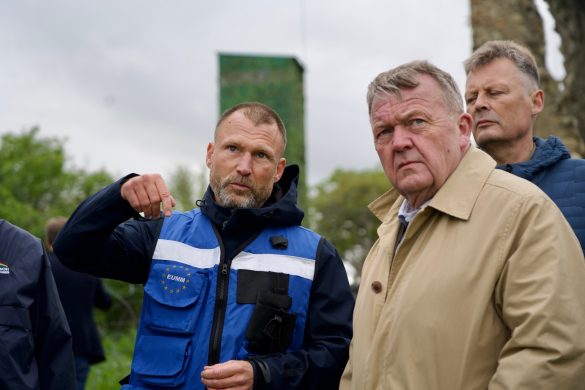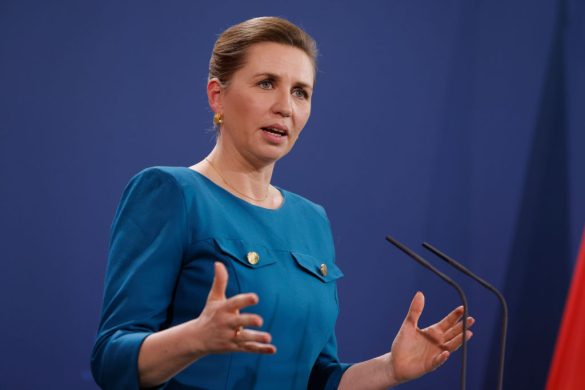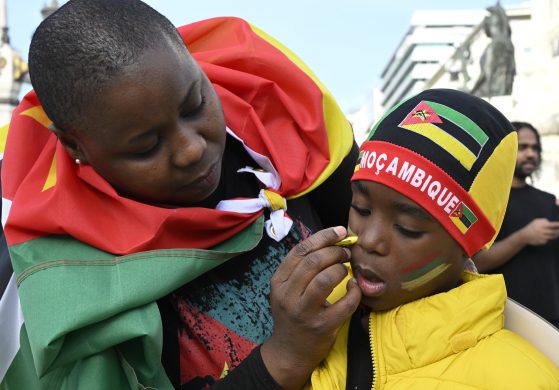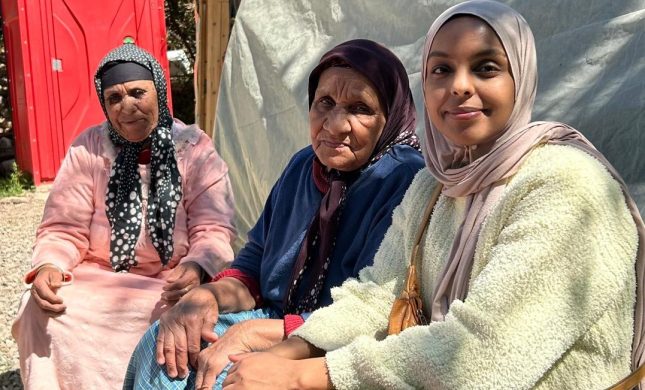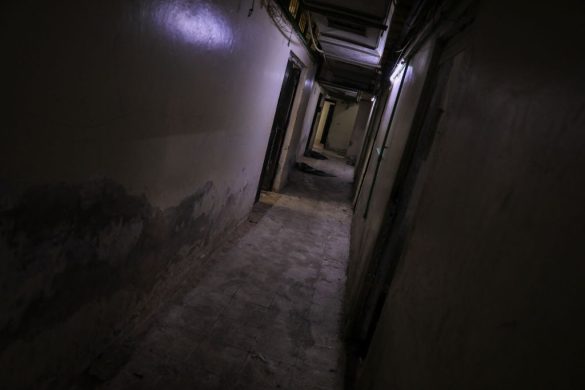Warning of “the most serious locust situation” in West and Northwest Africa in 10 years, the United Nations Food and Agriculture Organization (FAO) Tuesday issued yet another alert, calling for 17 million dollar to continue the current preventive campaign and extend it to new areas.
Stressing that it took several years and more than 300 million dollar to end the last desert locust plague of 1987-1989, FAO Locust Information Officer Keith Cressman noted that widespread laying, hatching and band formation were in progress south of the Atlas Mountains in Morocco and Algeria. There were also large locust populations in northern Mauritania and some in Niger.
– It is very difficult to find and treat all of the desert locust infestations because many of them are scattered in remote areas,” Mr. Cressman said. -This is further compounded by insufficient resources being available in Mauritania and Niger, and a rapid drying up of funds in other countries, added he.
A locust upsurge of such a dimension can only be controlled by using insecticides, FAO said.
So far in April, nearly 200.000 hectares of locust infestations have been treated in Morocco, where citrus exports to Europe and North America worth an estimated 400 million dollar could be at risk in the coming months.
In Algeria, locust control operations are under way against swarms that laid eggs in a broad swath of the country from its borders with Morocco in the west and with Tunisia in the east.
In early April swarms moved from Morocco across Algeria into western Libya, where around 3.700 hectares have been treated. Similar infestations may be present in southern Tunisia, FAO said.
In Mauritania, new swarms are forming in the north where date palms, sorghum and oat crops have been damaged. Control operations are hampered by limited resources and only 10.800 hectares have been treated so far this month.
More than 17 million dollar have been spent since October 2003, mostly from national budgets within the affected countries. Donors such as the European Commission, Italy, Norway, Spain and the United States contributed more than 5 million dollar.
But an additional 17 million dollar are needed to continue the current campaign during the spring and extend it to breeding areas in the Sahel in West Africa during the summer, FAO said.
Kilde: FNs Nyhedstjeneste




